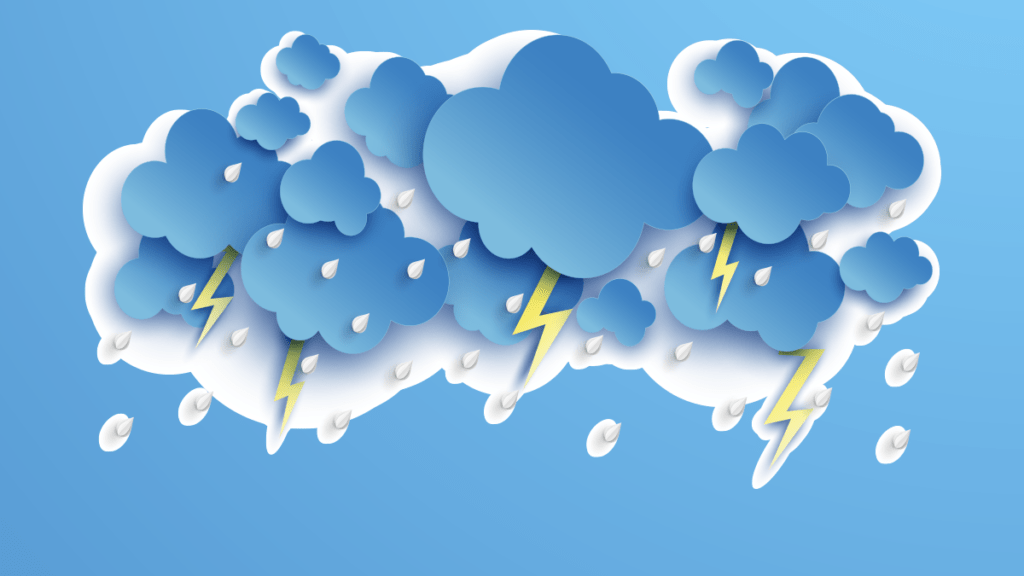Telecommunication fiber optic cables shed light on thunderstorm activity

Thunderstorms and natural hazards are often powerful occurrences that may have adverse effects on humans and our environment. As we have seen, communities all over the world are increasingly affected by natural hazards which may include, wildfires, droughts, floods, tsunamis. Often, science and technology work hand in hand to help scientists explore and investigate nature and the environment in new ways. But sometimes, developments in one field may be prompted by something unrelated and rather unexpected.
New Research published in AGU’s journal of Geophysical Research, has discovered that the fiber optic lines, used for carrying internet and phone services, can pick up signals from thunder, which may help scientists in the development of detecting and recording environmental hazards.
The research carried out by Penn State’s Geophysicist Tieyuan Zhu and Meteorologist David Stensrud, revealed that fiber optic cables recorded thunderstorm data. The fiber array, which is buried 1meter (3 feet) underground, picked up a wide range of frequencies amidst the change in weather conditions. The study revealed that the bandwidth detected from 20 to 130 Hertz, is consistent with microphone recordings of thunder and provides more detailed information about the event.
Fiber optic cables carry telecoms information in bursts of laser light. The study recorded the vibrations from the thunderstorm, which caused the light intensity in the glass fibers to change slightly. The ground motion was monitored by converting these laser light pulses into acoustic signals.
The study shows the possibility of finding out more about natural hazards with the help of fiber optic cables, which may facilitate further research about thunderstorm activity and deep structures of the earth. Gathering data to help characterize thunder-induced signals will give scientists a greater understanding of our eco-system and may help communities create and incorporate better natural hazard management in the future.
Reference:
Zhu, T., & Stensrud, D. J. (2019). Characterizing Thunder‐Induced Ground Motions Using Fiber‐Optic Distributed Acoustic Sensing Array. Journal of Geophysical Research: Atmospheres.
